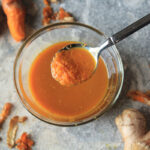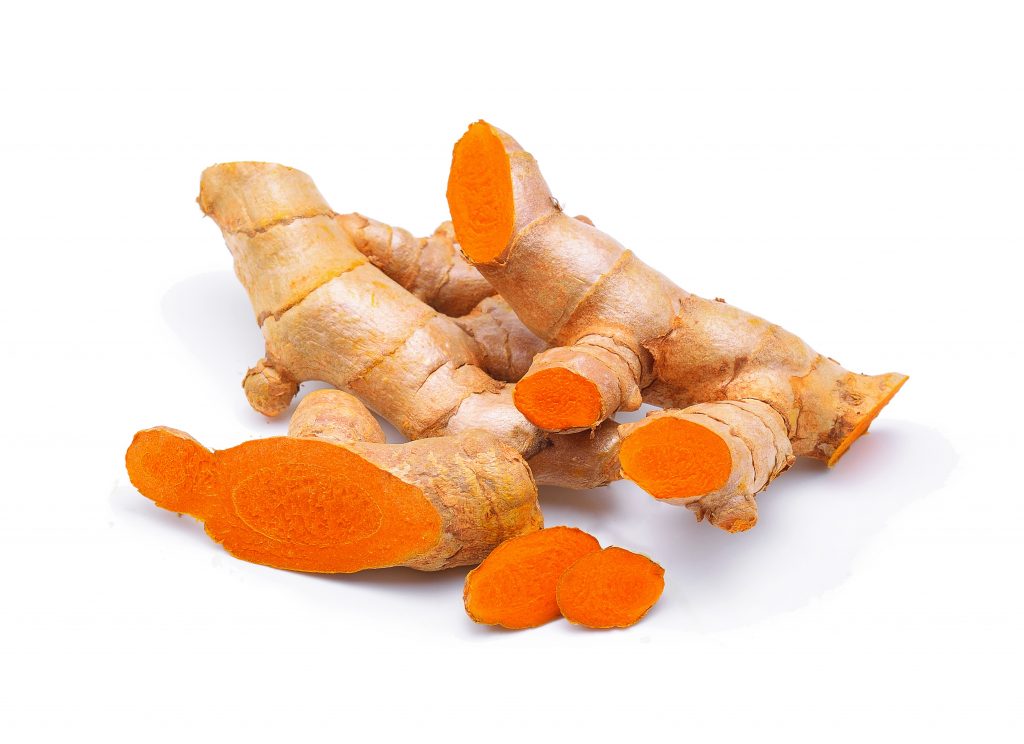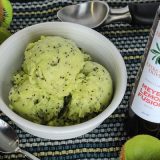In the Store & Kitchen with Sigona’s Featuring: Turmeric Root
Turmeric: For Color, Medicine, and the Spice of Life – Good Food
Diane Rezendes, food writer
Encountering turmeric for the first time, explorer Marco Polo described it as “a vegetable with the properties of saffron, but not of saffron.” Turmeric’s provenance goes back much further than his 13th century observation – by several millennia.
According to one historical source, the very word derives from a Persian word that means saffron. Also known as Indian saffron, turmeric has been used over the centuries as a more economical substitute for true saffron (the most expensive spice in the world), but the two ingredients express different characteristics. While saffron carries a floral taste and a strong and distinctive aroma, turmeric’s flavor profile is warmer, earthy, more peppery – yet its aroma is quite mild with notes of orange citrus and ginger.
Turmeric is widely known for its ability to add flavor and color to foods such as curry, mustards, and cheeses. But there are actually more than 50 varieties with a multitude of other uses – such as natural coloring in food, cosmetics, and textiles. Records of its use in medicine go back some 4,000 years, particularly within the Ayurvedic tradition, where it’s been used to relief laryngitis, bronchitis, and diabetes, as well as a disinfectant.
We have fresh organic turmeric from Secret Beach Organics Farm, a small, family-owned, off-the-grid farm just above the beach on the island of Kauai.
Choosing and using
Look for turmeric that’s firm with no shriveling, which indicates moisture loss and therefore age. Underneath its brown skin, the flesh can vary from yellow to orange. Treat it as you would ginger (they are related botanically). Peel it, then slice it, mince it, grate it, or even throw it into the blender as part of your morning juice smoothie.
You’ll notice that fresh turmeric has a flavor that’s brighter, more lively, and a bit less intense than in its dried form. A one-inch piece of fresh turmeric should yield about a tablespoon of grated fresh turmeric. (The dried equivalent is about a teaspoon.)
A small and easily remedied note of caution: turmeric will stain skin and clothes – so if you spill some on fabric, it’s best not to let it set. The stain should lift easily if dealt with right away.
Store fresh turmeric in the refrigerator for up to two weeks; it freezes nicely for several months. Dried turmeric, like other spices, does well in a cool, dry, dark spot (think a kitchen cabinet away from the stove).
Turmeric is ideal in sautéed cauliflower, with lentils, or roasted with root vegetables and potatoes. Try it in cooked rice or quinoa, to which you’ve added raisins or currants and almonds or cashews. Season it with turmeric, cumin, salt, and Sigona’s Fresh Press extra virgin olive oil. Fresh minced parsley or cilantro offers a pleasing contrast to both eye and the palate.
The Internet abounds with recipes for turmeric tea. If you make it, whichever recipe you choose, consider adding a dash of black pepper to the brew.
Check out these recipes:














